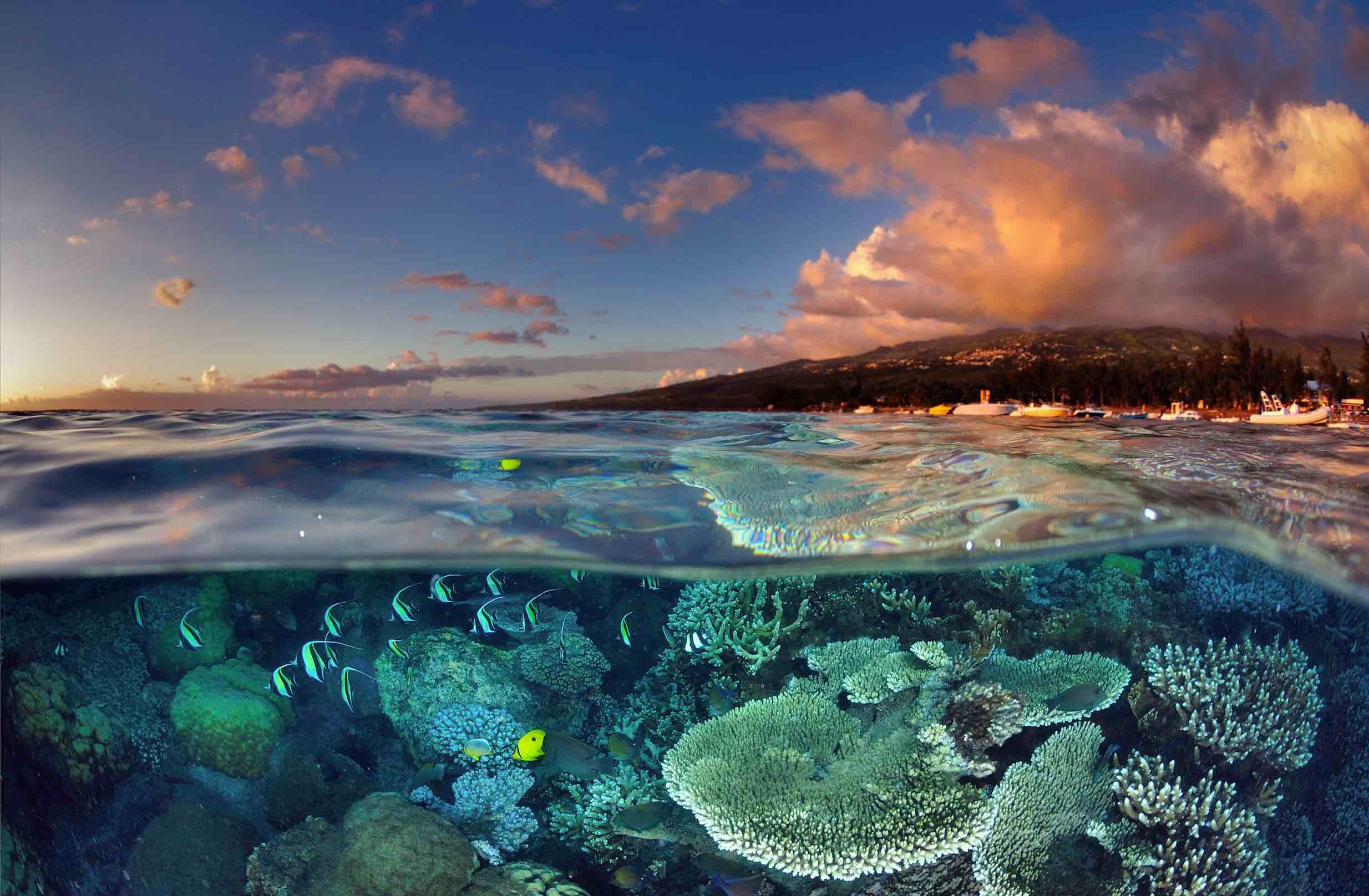


The volcanic origin island covers an area of more than 2500km² and is the largest island in the Mascarene archipelago.

Reference for 2017 (Spot-6/7) : Dupuy, Stéphane Gaetano, Raffaele, 2019, « La Réunion – Carte d’occupation du sol, 2017 (Spot6/7) », doi:10.18167/DVN1/OMHZQL, CIRAD Dataverse, V1.Reference for 2016-2017 : Dupuy, Stéphane Londoño Villegas, Mónica María Gaetano, Raffaele, 2019, « La Réunion – Carte d’occupation du sol, 2016-2017 », doi:10.18167/DVN1/TLELPO, CIRAD Dataverse, V1.The land cover maps are produced within the framework of the GABIR project (Gestion Agricole des Biomasses à l’échelle de l’Ile de la Réunion) and are all published in the CIRAD Réunion spatial data catalogue: Contactĭetailed information on the nomenclatures used and the validation is available for download on the Cirad website: In order to make the method more easily reproducible in view of a future integration in the iota2 platform, its implementation is carried out with only free tools (Orfeo Toolbox and Python). The methodology uses a Very High Spatial Resolution image (Spot6/7 or Pleiades) and one or more time series of High Spatial Resolution optical images such as Sentinel-2 and Landsat-8 for a classification combining segmentation and object classification (using the Random Forest algorithm) trained by a learning database combining in situ collection and photo-interpretation.

Within Theia Land Cover SEC, TETIS CIRAD team has developed an automated soil mapping system for Reunion Island, based on the Moringa chain, which minimises user interaction by automating most of the image analysis and processing.


 0 kommentar(er)
0 kommentar(er)
